News
Porsche says it may spawn other EVs off of the Mission E platform

Scalability is the new paradigm in the car business. In order to build cars that are the lowest possible cost, manufacturers strive to make as many parts off of common platform as possible. When building vehicles derived from a common chassis, wheelbase and width may increase or contract, but the rigidity needed to pass various crash tests should remain the same. Even details like the placement and size of air conditioning ducts in the dashboard need to be standardized to reduce manufacturing costs.
Michael Steiner, member of Porsche’s executive board for research and development, has revealed that scalability has been designed into the chassis for the Mission E – the German automaker’s first foray into the electric vehicle segment.
“The conceptual design of the Mission E once again gives us technically the potential to do more with this platform, and also we think about if the battery electric business will be fast growing and we think that the whole business will change, most probably pretty fast at some trigger point. That should be not the only battery electric car,” Steiner says. “In general we think what could be a second or third step, and also in terms of the platform of Mission E there is no reason why this has to be only a one body-style platform,” Steiner added, according to CarScoops.
Asked about whether an electric SUV could follow the Mission E, Steiner said that such a car was certainly possible “with some modifications” to the Mission E platform. He suggested it could share technologies with Audi’s upcoming all electric Q6 SUV. But first, Porsche needs to see how the Mission E performs in the marketplace and what the demand for premium electric cars will be. Italian supercar maker Lamborghini is also looking to enter the electric vehicle space with its own all-electric hypercar built off of Porsche’s Mission E platform.
Scalability is a key factor for another potential Tesla competitor — Faraday Future. It says the same chassis that was used to make the silly FFZero1 concept car for CES last January can be stretched or shortened to serve as the basis of a family car, an SUV, a minivan, or any other vehicle customers want. Furthermore, its modular battery design will allow the company to add or subtract battery cells to meet the power needs of various models.
Tesla is also focused on scalability. The Model X was supposed to be manufactured on the same chassis as the Model S, but events took over and it turned out to be just a cousin to the Model S rather than a clone. But Tesla has taken the lessons learned from the Model X to heart and used them to make the upcoming Model 3 more suitable for efficient production. We have already heard there will be a Model Y crossover/SUV that will be built on the same chassis as the Model 3. The Silicon Valley automaker has also been reducing the number of available options on its fleet of vehicles. Just last week, we reported that Tesla has quietly removed two color options as well as the 60 kWh battery on the Model X, as the company aims to streamline production on its fleet of vehicles.
Nobody knows what the future of automobiles will be. Gas prices and emissions regulations could cause consumers to decide they want vehicles that are like nothing available today. Typically, it takes 5 years to bring an entirely new model to market. In the coming years, car companies may need to get new products to market more quickly and will rely on scalable platforms to achieve that. Whether its Porsche, Faraday Future, or Tesla, the ability to react quickly to changes in the marketplace may make the difference between profitability and financial ruin.

Elon Musk
Tesla adds security feature to Android with latest software update
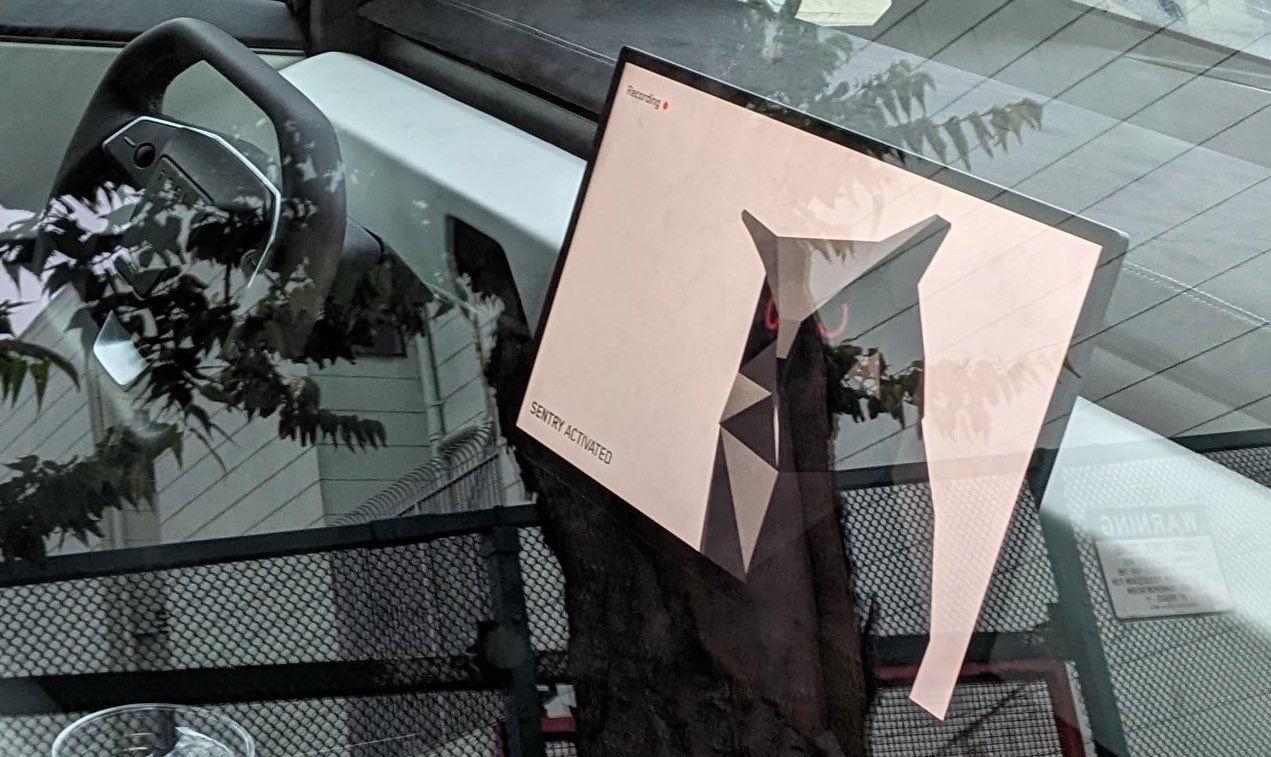
Tesla is bolstering its release of features to Android users as it is rolling out some new things with its latest software update.
Update v4.43.5 will see Tesla add a Dashcam Viewer for Android phones, a new feature that will make it simpler to access and manage both Dashcam and Sentry Mode videos. This has been available to iPhone users for some time, but Android owners have not had access to this quite yet.
Tesla describes the release of the feature in release notes (via Not a Tesla App):
“The Dashcam Viewer is now available in the Tesla app for Android users.
The Dashcam Viewer makes it easy to access and manage your car’s Dashcam and Sentry Mode videos. Accessing videos on your phone is faster and more convenient, but it does come with a few requirements.
The Dashcam Viewer in the Tesla app allows you to view, delete, or save video clips right from your device. This should result in higher quality content being shared online and fewer videos of owners recording their Tesla’s screens with their phones.”
The feature creates a more convenient option to view things that your Tesla has captured on its dashcam or on its external cameras through Sentry Mode, its security camera system that records things that happen around the vehicle.
Sentry Mode has been a great addition for Tesla owners lately, as more and more instances of vandalism have been occurring in the past few months.
It seems Tesla might have made it a point to roll this feature out, especially as it would allow those who are getting Sentry Mode alerts to capture footage of keying or tire slashing, two common techniques used by those who dislike Tesla and/or Elon Musk.
Tesla quietly added this extra Sentry Mode feature to deter vandals
The last time Tesla rolled out some features to Android owners was in January when it beefed up offerings for those who do not use iOS. The January update saw Phone Key Improvements and Hands-Free Trunk Opening make their way to Android users.
News
Tesla’s Elon Musk reiterates ambitious Cybertruck water update
Musk has been pretty open about the idea of the Cybertruck being used as a makeshift boat for some time now.
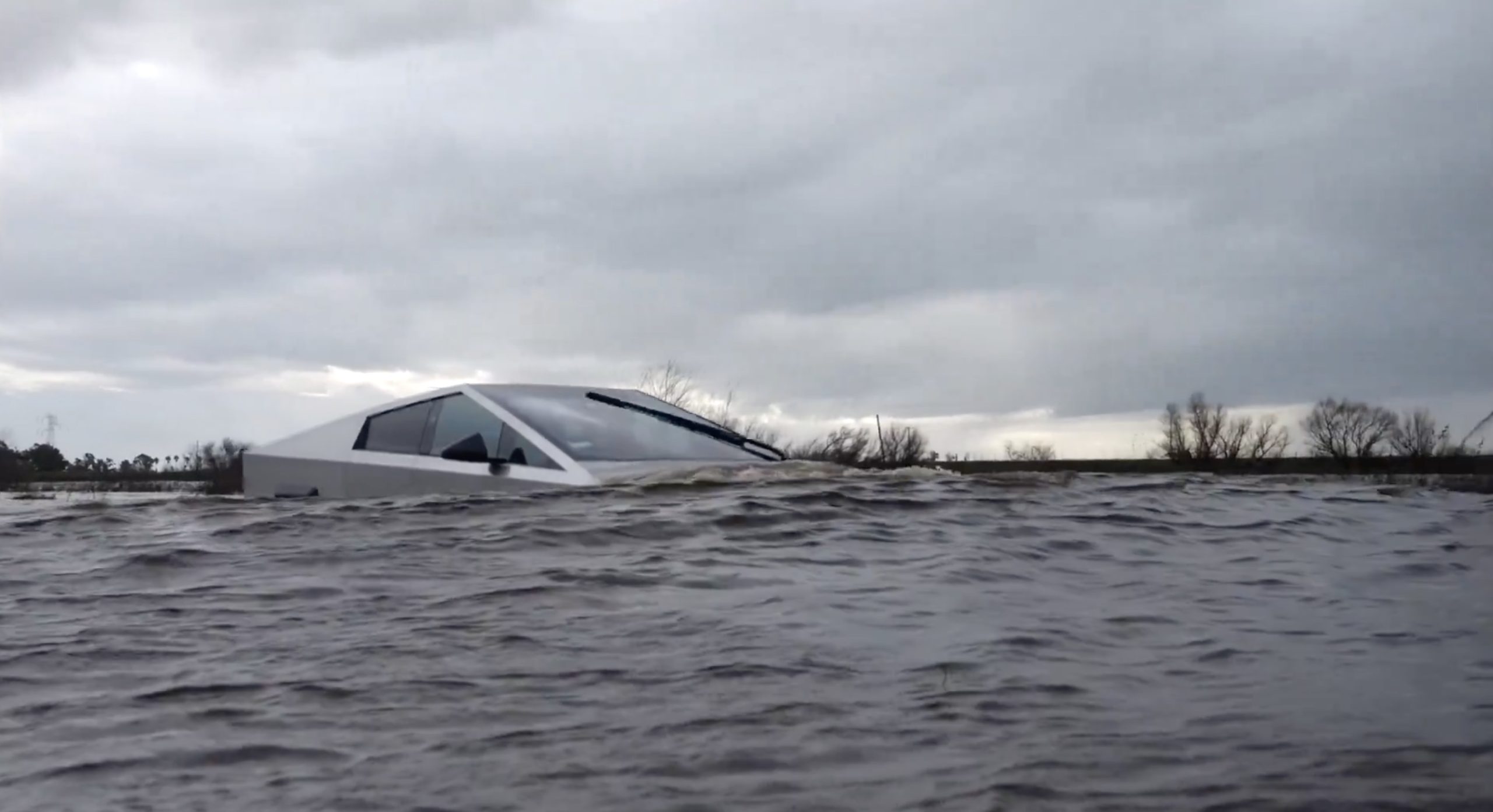
Tesla CEO Elon Musk recently provided a quick update about the Cybertruck’s “Boat Mode,” a feature that he has long teased on social media.
Musk has been pretty open about the idea of the Cybertruck being used as a makeshift boat for some time now.
Cybertruck “Boat Mode”
Back in October 2022, Tesla CEO Elon Musk shared some ideas about how the Cybertruck could function as a boat of sorts. At the time, the vehicle was not yet released, and speculations suggested that the all-electric pickup truck would really have a “Boat Mode” feature.
Musk noted then that for the Cybertruck to actually be capable for crossing a body of water, it would need an electric propeller mounted on the tow hitch. The CEO also noted that the Cybertruck may need a creative wheel hub that can generate “meaningful thrust.”
While Musk’s ideas for the Cybertruck’s “Boat Mode” were exciting, the vehicle did not include the highly-ambitious feature when it started consumer deliveries in late 2023.
The Cybertruck’s Water Performance
This was not to say that the Cybertruck did not have a dedicated feature for crossing bodies of water. Dubbed “Wade Mode,” the feature allows the Cybertruck to drive through big puddles, rivers, or creeks. The maximum wade depth for Wade Mode is only 32 inches, though owners of the all-electric pickup truck have been known to drive the vehicle through bodies of water that are significantly above 32 inches.
One such video emerged recently, showcasing a Cybertruck driving on one side of Lake Grapevine in Texas without any difficulties. The video shocked users in social media, though CEO Elon Musk noted on X that “With a little work, it should be able to cross some open water.”
Musk’s comments suggest that Tesla may not be done with the Cybertruck’s “Boat Mode” idea just yet. The CEO, after all, did note in the past that the vehicle should be able to cross the channel from Starbase to San Padre Island, which is about 477 meters (1,565 feet) across. Based on Musk’s comments, perhaps a Cybertruck will really be able to function as a boat in the future.
News
Starlink aircraft by United Airlines receives FAA approval
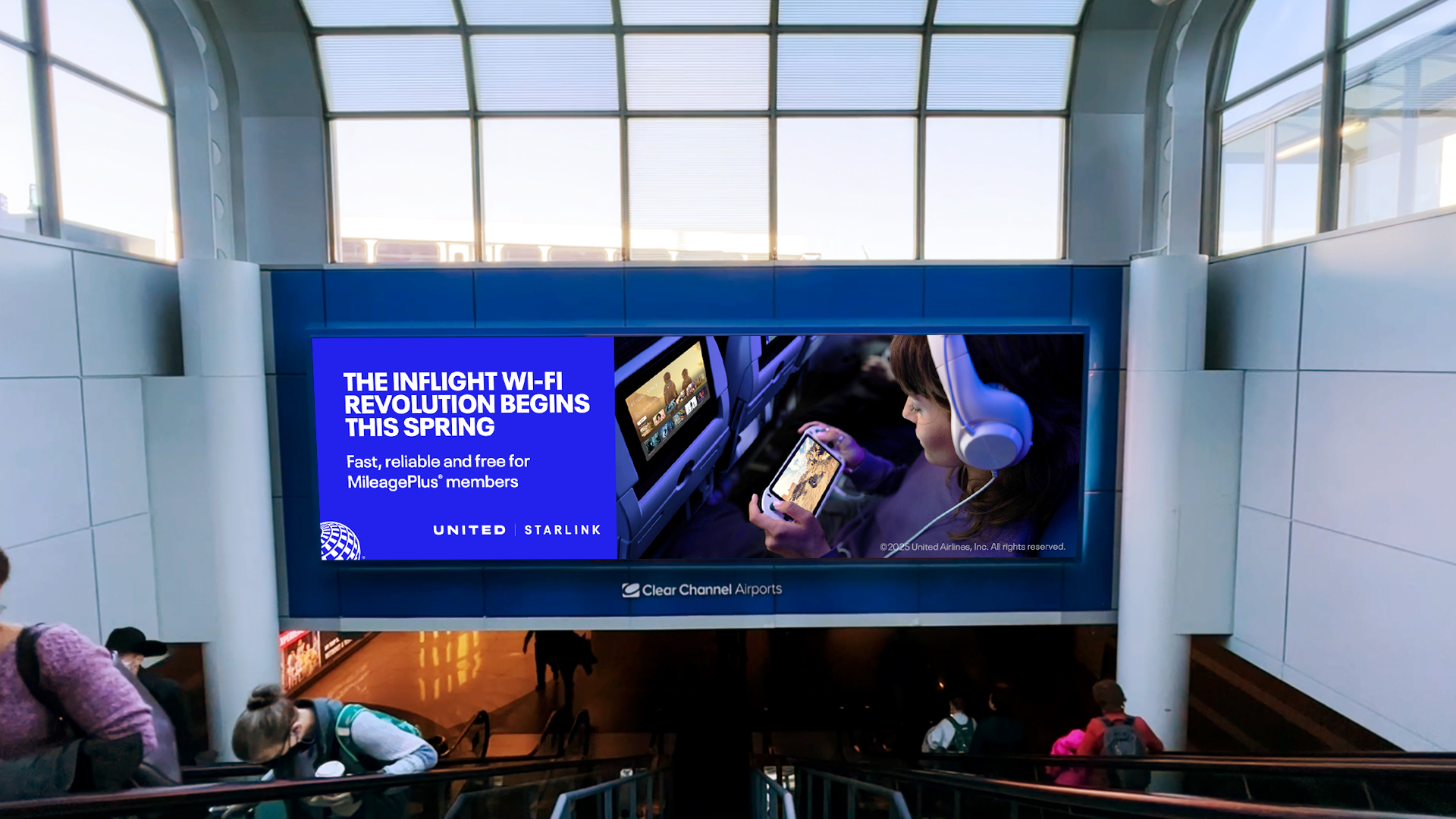
On Monday, United Airlines received approval from the Federal Aviation Administration (FAA) for its first Starlink-equipped planes.
The first commercial flight with Starlink Wi-Fi is set for May 2025. The FAA cleared the Embraer 175, issuing a Supplemental Type Certificate. The airline’s first commercial flight with a Starlink-equipped aircraft is scheduled for May 2025, using the United Express Embraer.
The Chicago-based airline plans to equip 40 regional jets with Starlink monthly. All 300 Embraer 175s are expected to have Starlink by the end of the year. United is working with Elon Musk’s company to get FAA approval to install Starlink on over 16 aircraft models, reported Reuters.
United Airlines aims to roll out Starlink Wi-Fi across all its flights. Starlink will be free for MileagePlus members.
“We have a lot planned for our MileagePlus members this year, and adding Starlink to as many planes as we can – as quickly as we can – is at the center of it all. It’s not only going to revolutionize the experience of flying United, but it’s also going to unlock tons of new partnerships and benefits for our members that otherwise wouldn’t be possible,” noted CEO of United Mileage Plus, Richard Nunn.
United signed a deal with Starlink last year. As per United’s agreement, Starlink will be available in over 1,000 planes in the coming years.
-

 News2 weeks ago
News2 weeks agoTesla aiming to produce first “legion” of Optimus robots this 2025
-
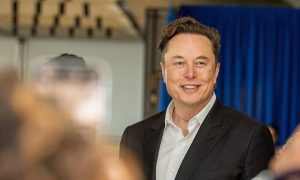
 Elon Musk1 week ago
Elon Musk1 week agoTesla CEO Elon Musk’s simple message to vandals
-
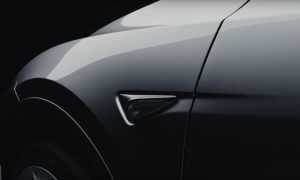
 Elon Musk2 weeks ago
Elon Musk2 weeks agoElon Musk confirms two measures Tesla is taking to fight vandalism
-
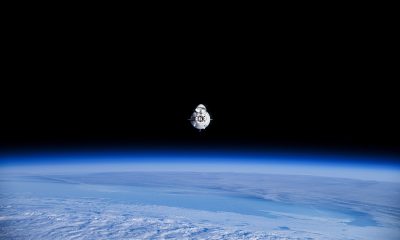
 News2 weeks ago
News2 weeks agoSpaceX rescue mission for stranded ISS astronauts nears end — Here’s when they’ll return home
-
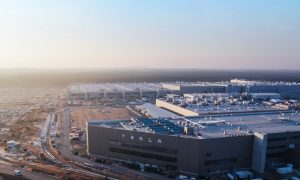
 News1 week ago
News1 week agoTesla’s Giga Berlin director responds to anti-Musk criticism
-
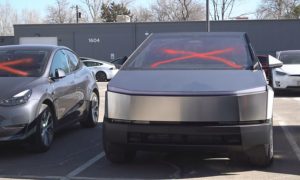
 Elon Musk2 weeks ago
Elon Musk2 weeks agoTesla owners doxxed by controversial anti-DOGE website in clear intimidation tactic
-

 Elon Musk2 weeks ago
Elon Musk2 weeks agoElon Musk to file lawsuit against former US Rep Jamaal Bowman: “I’ve had enough”
-
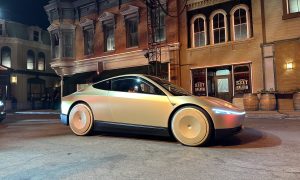
 News2 weeks ago
News2 weeks agoTesla reveals Cybercab battery pack and range efficiency








